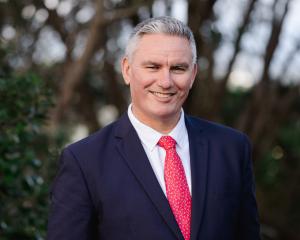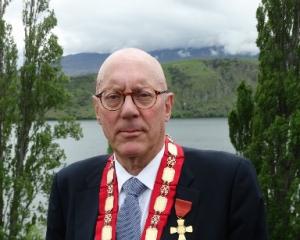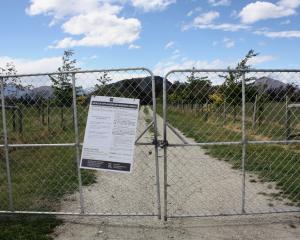A report by MWH Ltd and Otago University will be presented to the Wanaka Community Board today, along with a report by Queenstown Lakes District Council capital works manager Ken Gousmett.
Treatment options include drilling bankside bores to reduce algae intake ($1 million), installing microstrainers to remove some of the algae ($3 million-$4 million), or installing membrane filtration for an absolute barrier ($14 million).
The report provides the estimates for comparative purposes only and not for setting budgets.
It recommends bankside bores or microstraining should be investigated further.
It confirms the algae is not a public health risk.
The MWH report was commissioned by the Queenstown Lakes District Council earlier this year, after years of complaints from residents about clogged appliance and garden-hose filters.
Mr Gousmett has recommended the council clean both of Wanaka's intake screens and inspect them on a regular basis, increase the pump cycles at both pump stations, investigate a new method of backwash to help minimise algae building up on the screens and investigate the use of light shields for the intakes.
The QLDC has set aside $200,000 in the draft annual plan for 2011-12 to address Wanaka's algae issues.
Complaints dropped significantly since January, when eight were received, to one in February and none since.
The reason for the decline in complaints was not clear.
Despite the drop, no improvements were expected and the issue of clogging would still need to be addressed, Mr Gousmett said.
"The most significant finding supports the council's own research that the algae poses no health risk," Mr Gousmett said.
The MWH report also states:
• The most probable cause of clogging is benthic diatoms growing in or near intakes, which are drawn into and clog household systems. Microfibrils, a substantial part of lake snow, may also contribute.
• The situation is unlikely to get better and is likely to stay the same, or get worse. There is no reason to expect major or rapid changes in balance and concentration of algal species soon.
• A narrow field of case studies share similar circumstances with Wanaka, but MWH was unable to find any other community that has experienced blocked domestic filters.
• Costs of building a treatment system are prohibitive. Bankside bores should be investigated but groundwater may be hard. The position of bores to obtain softer lake water would be critical.
• Microstraining is the second most cost effective method that could be investigated and trialled, with the co-operation of suppliers.
Advertisement












